Live Review: Bartók vs. Bartók – BSO trumps National, Harmonia Lends Hungary For the Night
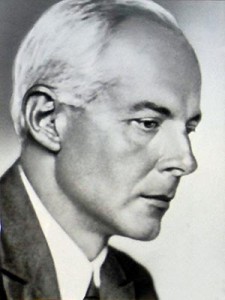 Last weekend, a wonderful conjunction took place among the Baltimore-Washington musical spheres: Bartók’s music overtook its two great concert halls on the very same night.
Last weekend, a wonderful conjunction took place among the Baltimore-Washington musical spheres: Bartók’s music overtook its two great concert halls on the very same night.
To compare Baltimore’s own playing Bartók’s Concerto for Orchestra and the NSO’s take on Bartók’s The Wooden Prince is like pitting a Shakespeare tragedy against one of his comedies, and venturing that one is far better.
While it may not be fair to pit a concerto against a ballet score, we’ll give the BSO, under Maestro Marin Alsop’s baton, the upper hand. Both orchestras did fantastic things we’ve never quite heard before. Bartók brings out the best of an orchestra because he’s not something you can take for granted. You can take Beethoven’s “Pastoral” for granted. You might even take Tchaikovsky’s Violin Concerto for granted, but James Ehnes’ ample sprezzatura helped the BSO make a great case for Tchaikovsky, perhaps better than the composer himself when he called it “One violin concerto too many” – despite its being the only one that he composed.
Here’s what tips the scales in favor of B-more…
The Cleveland-based Eastern European folk ensemble, Harmonia, kicked off BSO conductor Marin Alsop’s immersion into this year’s theme: shared music roots (the gents stayed on for a second bonus concert that went on well past 11pm).
Let’s plunge into the Concerto for Orchestra.
A lovely creep in the cellos and basses rumbles the hall. First violins spread light tensions strong as spider’s gossamer. Then comes a haunting flute (very like tylynka flute heard in Harmonia’s opener – about half the size of a man’s body, played with one finger plugging and tapping the bottom). First violins come in screaming, sweep over the kettledrum, handing off to the woodwinds. Spot-on trumpet entrance ending in fanfare.
If the first movement had me sold, the second movement raised the bar. “Game of the pairs” begins with a tapping on the snare drum. Round, full-bodied percussion executed like a true soloist. We roll into capacious sound building from the trumpets and horns.
Same harp and miasma magic heard in The Wooden Prince, but here it’s twice as menacing. (Could it be the hall?) Modulations range from near-silence to slicing, eardrum-shaking riot. A kind of sarabande in the viola has drum support. Each movement revealed perfect sectional enhancements, like a fine pair of breasts supported by a stellar bra.
We fly from a racing oboe, fluttering, into a farty tuba, triangle trills away before the clash clash of the tam-tam.
For the finale, the instruments pass motifs without effort. We come out into the kind of triumphal peasant celebration one hoped for in the NSO’s Beethoven finale. All rumbles toward the end… but no, the harp leads now, ripples of sound wafting from the back, violins wince as the cellos add weight.
Marin throws arms back in glory triumphant. And, in case you missed the moment, the recording will be out on a future Naxos release.
Meanwhile, we also celebrate the NSO’s first full presentation of the entire score of The Wooden Prince. Again, we begin with a low rumble from the basses – this is the Prince. A horn calls and cymbals clash. Enter Fairy. Magic comes from the welcome addition of sax and celeste. The Prince sees the Princess and the string sections race one another before dissolving into cacophony – the Prince rejected by the Princess.
The harp and chime strike in perfect sync across the whole stage. Best moment of the evening had to be Ivan Fischer miming the dance of the wooden (false) prince that the fairy uses to fool the princess as he conducted. Bows on the basses tap jilty-lilty with drums.
With a trumpet call, the wooden prince is brought to life. Xylophone strikes out the steps of his dance. The whole orchestra takes up the blasting lurch, with much pumping on the basses. The princess brings back the wooden prince “who is completely disheveled” – according to the stage directions – which got much laughter. Now the princess sees the prince for who he is. She’s smitten, as the concertmistress Nurit Bar-Josef seductions attempt to dominate the basses. After the tormented strife of love is conducted to climax, Fischer brings the symphony’s players to a gentle close.
Where did the NSO misstep? Hardly ever. But if you had to put the flute players head-to-head: NSO’s principal comes across as shy. Her “quail” of Beethoven’s Pastoral quaked before entering under Fischer’s baton. Even in the Bartók, she didn’t fly out with the notes. By contrast, BSO’s Emily Skala’s flute lines fell onto us like fireworks, no wafting across the strings for her.
All told, Bartók opened both symphony seasons with glowing promise. Marin seemed to do much less work to get much more out of her players. In comparison, Fischer is left looking a little more like the wooden prince in the hands of the princess.
Related posts
- Live Review: Confront Bartók’s War-torn Burlesque Quartet – Cavani by CandlelightCavani String Quartet is a rare all-female ensemble. Going strong...
- Live Review: Catching Up with Karita Mattila and Nietzche at the National Symphony (2009.06.26)When last we saw Karita Mattila, this blond soprano was...
- Live Review: Switchblade Slice of West Side Life- West Side Story @ the National Theatre (2008.12.17)[Audio clip: view full post to listen] MP3: West Side...
- Live Review: Haikus inspired by a night of noise @ the Bank (2009.02.09)Welcome our newest contributor: Rjyan Kidwell. He is co-founder of...
- Live Review: Prayer and Bath of Benediction – Mahler and Bernstein with Marin at the BSO (2009.04.05)I thought I could walk away from three Sundays ago’s...





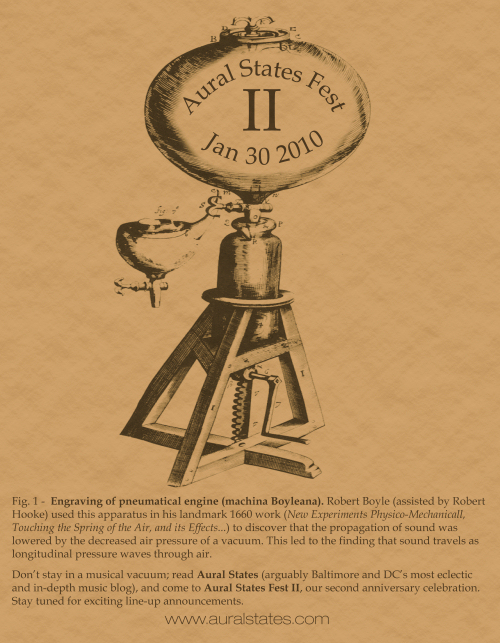











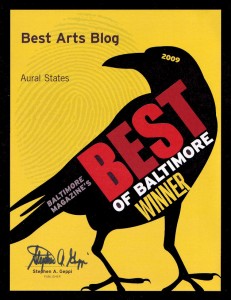


 Double Dagger: Masks EP
Double Dagger: Masks EP Pfisters: Narcicity
Pfisters: Narcicity Lizz King: All Songs Go To Heaven
Lizz King: All Songs Go To Heaven Imperial China: Phosphenes
Imperial China: Phosphenes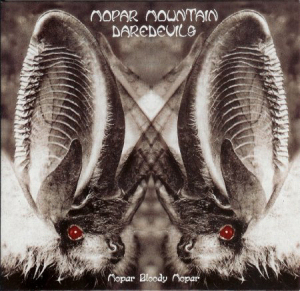 Mopar Mountain Daredevils: Mopar Bloody Mopar
Mopar Mountain Daredevils: Mopar Bloody Mopar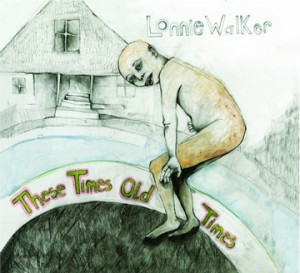 Lonnie Walker: These Times, Old Times
Lonnie Walker: These Times, Old Times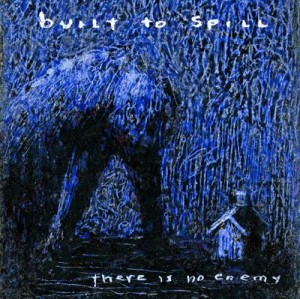 Built to Spill: There Is No Enemy
Built to Spill: There Is No Enemy Hypnotic Brass Ensemble: Hypnotic Brass Ensemble
Hypnotic Brass Ensemble: Hypnotic Brass Ensemble Secret Mountains: Kaddish EP
Secret Mountains: Kaddish EP Bela Fleck: Throw Down Your Heart: Tales From the Acoustic Planet, Vol. 3 -Africa Sessions
Bela Fleck: Throw Down Your Heart: Tales From the Acoustic Planet, Vol. 3 -Africa Sessions Lands & Peoples: Lands & Peoples EP
Lands & Peoples: Lands & Peoples EP Caleb Stine: Eyes So Strong and Clean
Caleb Stine: Eyes So Strong and Clean Wye Oak: The Knot
Wye Oak: The Knot Pontiak: Maker
Pontiak: Maker White Rabbits: It's Frightening
White Rabbits: It's Frightening Dirty Projectors: Bitte Orca
Dirty Projectors: Bitte Orca Double Dagger: More
Double Dagger: More Elvis Perkins in Dearland: Elvis Perkins in Dearland
Elvis Perkins in Dearland: Elvis Perkins in Dearland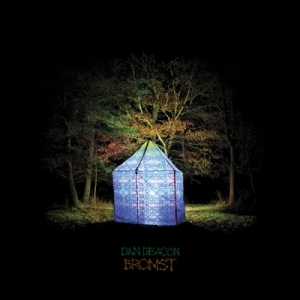 Dan Deacon: Bromst
Dan Deacon: Bromst The Thermals: Now We Can See
The Thermals: Now We Can See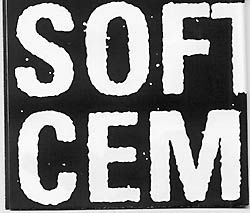 Soft Cement: Think About It EP
Soft Cement: Think About It EP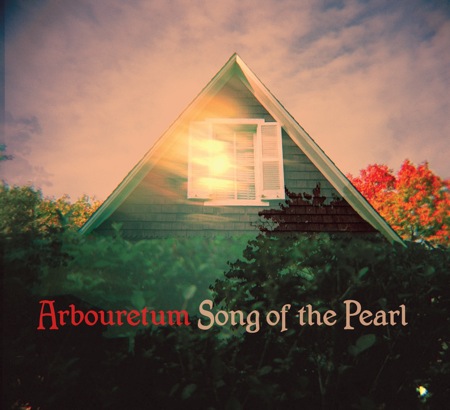 Arbouretum: Song of the Pearl
Arbouretum: Song of the Pearl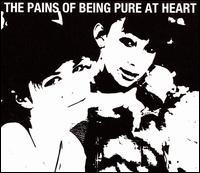 The Pains of Being Pure at Heart: The Pains of Being Pure at Heart
The Pains of Being Pure at Heart: The Pains of Being Pure at Heart Benjy Ferree: Come Back to the Five and Dime, Bobby Dee Bobby Dee
Benjy Ferree: Come Back to the Five and Dime, Bobby Dee Bobby Dee Weekends: Weekends
Weekends: Weekends Height With Friends: Baltimore Highlands 12" LP, Limited-Run Vinyl Only
Height With Friends: Baltimore Highlands 12" LP, Limited-Run Vinyl Only Caverns: Kittens! EP
Caverns: Kittens! EP Little Joy: Little Joy
Little Joy: Little Joy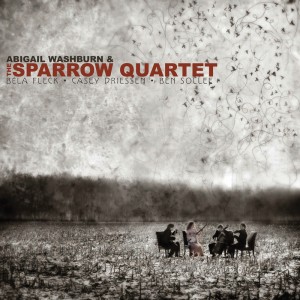 Abigail Washburn & the Sparrow Quartet:Abigail Washburn & the Sparrow Quartet
Abigail Washburn & the Sparrow Quartet:Abigail Washburn & the Sparrow Quartet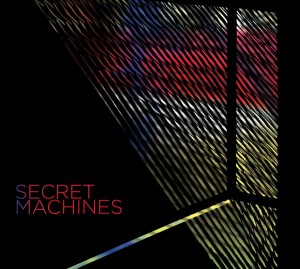 The Secret Machines: Secret Machines
The Secret Machines: Secret Machines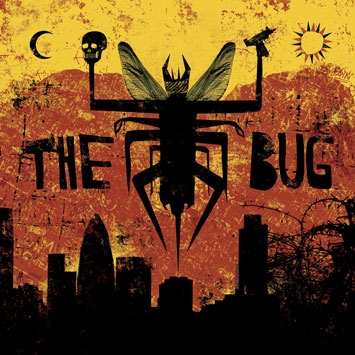 The Bug: LondonZoo
The Bug: LondonZoo 13th Floor Elevators: Psychedelic Sounds of the 13th Floor Elevators (Vinyl Mono LP only)
13th Floor Elevators: Psychedelic Sounds of the 13th Floor Elevators (Vinyl Mono LP only) Arbouretum/Pontiak: Kale (Vinyl LP only)
Arbouretum/Pontiak: Kale (Vinyl LP only) Small Sur: We Live in Houses Made of Wood
Small Sur: We Live in Houses Made of Wood AbeVigoda: Skeleton
AbeVigoda: Skeleton ImperialChina: Methods: EP
ImperialChina: Methods: EP